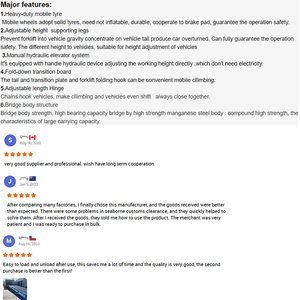Understanding Ramp Accessibility
Ramp accessibility is a crucial element in ensuring that individuals with mobility challenges can navigate various environments with ease and safety. Ramps are designed to provide a smooth transition between different levels, such as between a building entrance and the outside world, or within multi-level structures. They eliminate barriers that can hinder the movement of wheelchair users, those with strollers, or individuals with temporary injuries.
Types of Ramp Accessibility Solutions
- Permanent Ramps: These are built as part of the structure, often made of concrete or metal. They offer durability and long-term solutions for accessibility.
- Portable Ramps: Lightweight and easy to move, portable ramps provide a temporary solution for accessibility needs. They're ideal for events or short-term setups.
- Foldable Ramps: Designed for convenience, these ramps can be folded for easy transport and storage, making them perfect for personal use or events.
- Modular Ramps: These systems are customizable and can be adapted to fit various spaces, allowing for flexibility in design and application.
Applications of Ramp Accessibility
- Residential Properties: Homeowners can install ramps to ensure that their living spaces are accessible to all family members and visitors.
- Commercial Buildings: Businesses must comply with ADA regulations and provide safe access to customers with disabilities.
- Public Facilities: Parks, government buildings, and transit stations can enhance inclusivity by incorporating well-designed ramp systems.
- Events and Venues: Temporary ramps can be set up for concerts, exhibitions, and festivals to make sure all attendees can enjoy the experience.
Benefits and Features of Ramp Accessibility
- Inclusivity: Ramps promote equal access for everyone, regardless of physical capability, fostering a more inclusive environment.
- Safety: Well-constructed ramps minimize the risk of falls and accidents, contributing to overall safety for users.
- Compliance: Adhering to accessibility standards protects businesses and organizations from legal repercussions while showing commitment to social responsibility.
- Versatile Design: Ramps can be tailored to fit a wide range of architectural styles, enhancing aesthetics while fulfilling functionality.
- Cost-effective: Ramps reduce the need for extensive renovations by providing a functional solution that can be retrofitted into existing spaces.







































